The Rules, Standards & Practices for Timeclock rounding
Time clock rounding, also called time rounding, refers to the method through which employers and managers track the working hours of their staff and convert the data into easy-to-manage accounting figures at the time of payroll calculations. The system is designed in a way that neither employers nor employees can misuse. Being an employer, you must be well-versed in time cloud rounding rules as it saves you from potential costly lawsuits.

The Timesheets
These make a digital record of employees' working hours. The timesheet can be physical in certain cases. These sheets also record the employees' time spent on particular tasks, thus serving as an important time tracking tool in project management. Timesheets are beneficial since these ensure:
- project transparency
- Correct billing & invoicing
- Accurate and easier payroll calculation
- Faster payroll processing
- Identification of issues in workflow
- Productivity
- Efficient project management
Compliance with Timesheet Standards
To make the most of this time tracking tool, there are certain industry standards to be complied with. Employees must know the rules by which timesheets will be filled and working. Managers or employers who make these timesheets should analyze the data for improvements from time to time The accounts personnel must know the rules on how to process the approved timesheets for billing, payroll, and invoicing.
Timesheets are governed by the Fair Labor Standards Act (FLSA) that has explicitly defined rules about:
- Overtime
- minimum wage
- timekeeping
- paid time off
- Sick leave etc.
The Defense Contract Audit Agency (DCAA) carries an audit trail of your company, auditing all the records related to the timesheets, including timesheet approvals and their rounding. This ensures information transparency and integrity in the audits.
About Time rounding
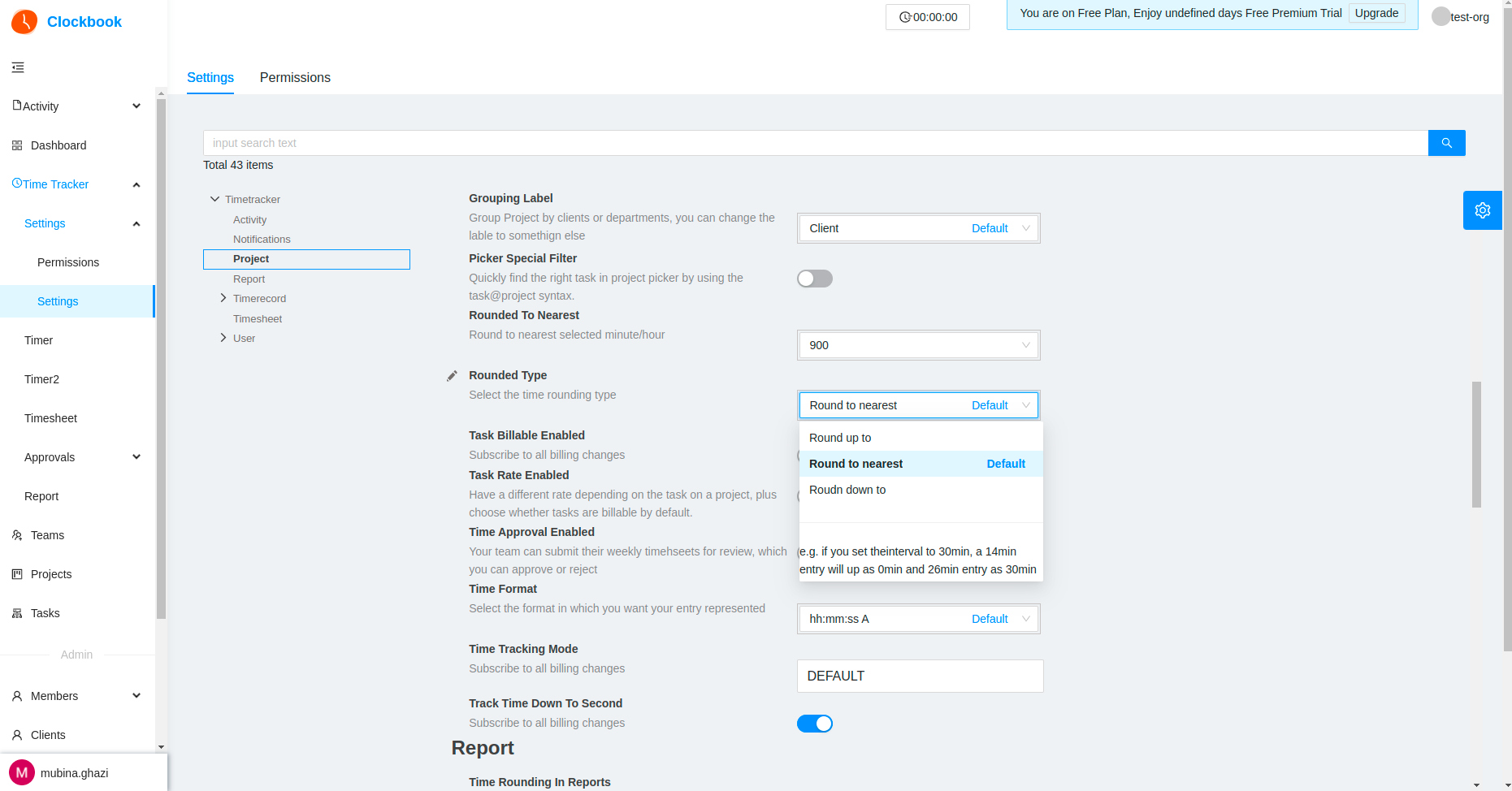
It is the practice or rule through which employees' hours are rounded up to be considered for times in a day that otherwise cannot be entered into the timesheet. These include bathroom breaks, kitchen, smoking, snacks, a few-minute breather, prayer, etc.
Legal Ways for Time Rounding
- The 5-Minute rule
In this rule, the supervisor logs the employee’s time to the nearest 5-minute interval.
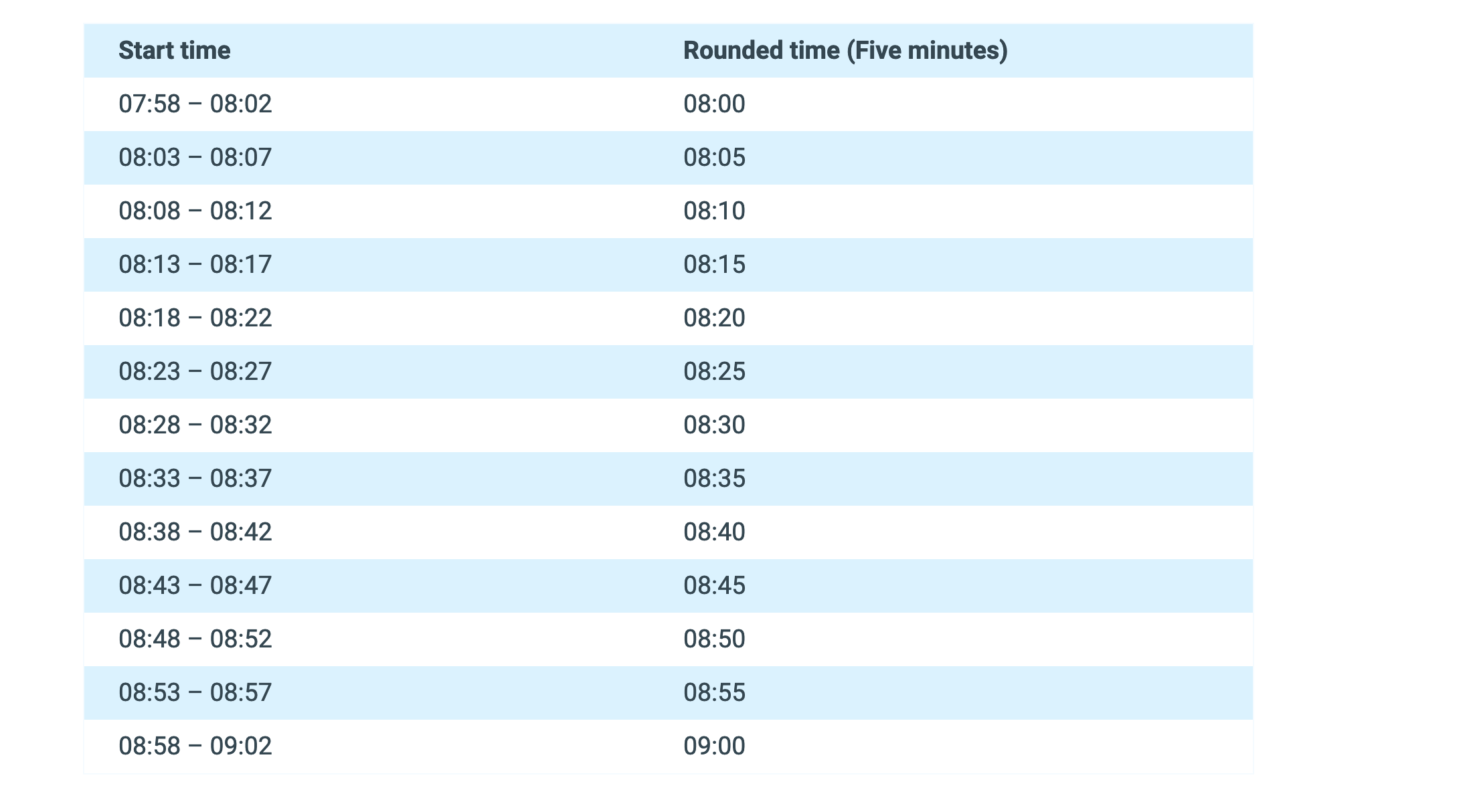
- The 6-Minute rule
In this rule, the supervisor logs the employee’s time to the closest tenth of the hour.
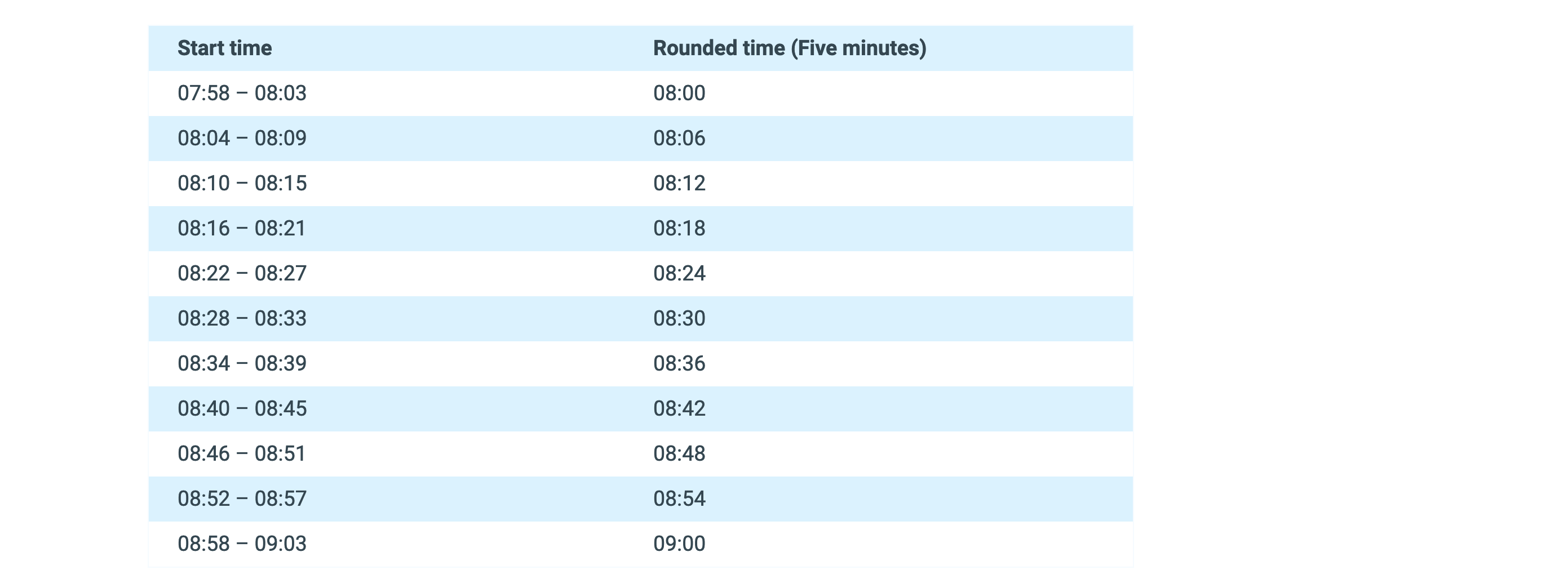
- The 7-Minute rule
It is the most commonly used rule by employers. Since it entails wider time intervals, it makes the tracking and rounding process easier.

In this rule, in the first 7 minutes of a 15-minute interval, the supervisor rounds the time back, and in the adjacent seven minutes, rounds the time forward.
The three time-rounding rules
Imagine that your employee comes in 08:56 and goes out at 04:58. Thus, he worked for 8 hours and 2 minutes. You will round this time entry to the nearest time increment.

In this case, if you are using the 7-minute rule, the entries will be rounded up as 09:00 and 05:00.
The rule says that you should round the entry in favor of an employee, and the going out time in favor of the employer.
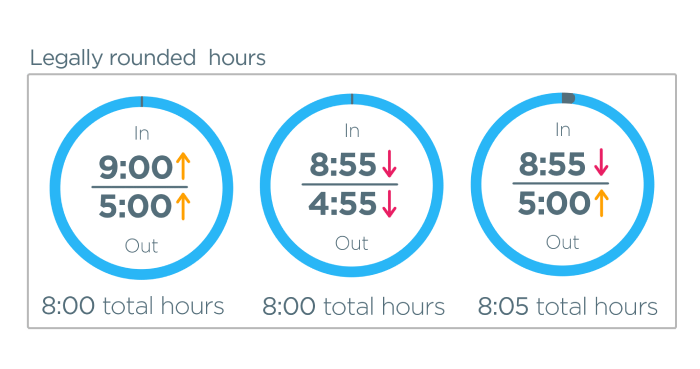
How to do the Timesheets Right?
Besides ensuring compliance with the mandatory standards, it is important from the audit perspective that you and your staff ensure that the prepared timesheets are both user-friendly and legitimate. Hence, here are some tips to do the timesheets right.
- Ensure everyone is well aware of the significance and purpose of timesheets
- Add supporting information to timesheets for better communication of workflow information
- Use a standard format for timesheet for all departments
- Use a prescribed software for time tracking and timesheet creation
- Avoid physical or manually developed timesheets with complex formats
- Don’t micromanage timesheet development; just provide enough training for awareness and practice
- Enter the information truthfully and daily
Though the guidelines may differ from company to company as each company defines and follows its own time reporting preferences and calculation; however, the most vital thing that all must follow is the proper timesheet preparation and ensuring regular tracking and updates.
The more the delay in making the timesheets, the more incomplete and improper the timesheet will be. This badly affects the billing and payroll procedures, makes everything difficult for everyone, and will give an inaccurate picture of the project progress. Therefore, the standard timesheet practices must be there from day 1.
The Audit
Besides following and ensuring compliance with industry best timesheet practices, it is also important to audit your time rounding practices. Most of the companies conduct a yearly audit for time tracking practices since it is a great means to keep an eye on existing procedures and come up with improvements in the process continuously. The yearly audit checks:
- The mandatory standards and the company's internal procedures are followed strictly
- There is no inaccuracy in the reports
- The reports are timely updated, maintained, stored, and reported
- The reports are secured and alteration-proof
- The privacy standards of the system are satisfactory
- There are no loopholes or gaps in the company’s timesheet and time rounding policies
- The staff is well aware of the timesheet preparation and time rounding procedures
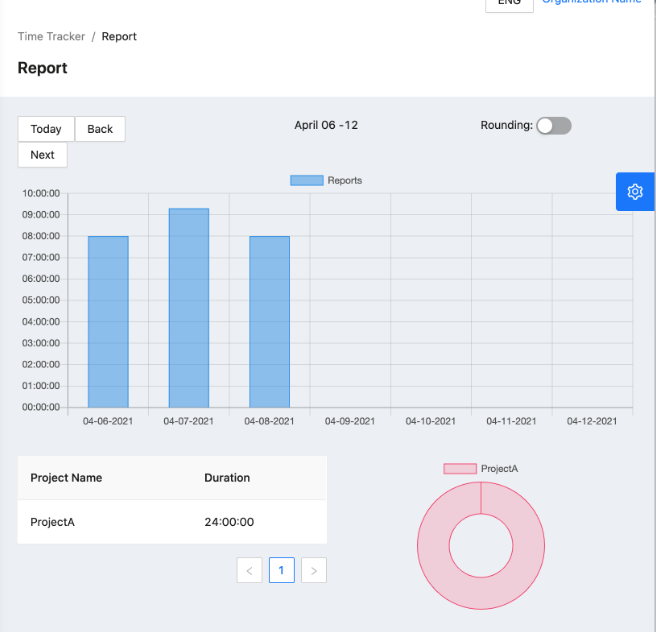
Conclusion
Time rounding serves as a valuable practice for analyzing and tracking employees' working hours, productivity and workflows. This also helps to streamline your billing and payroll functions. It can add significant value to your operations and save your business from lawsuits if applied fairly and properly.
Recommendations
Though the manager or supervisor is advised to round the time hours in favor of an employee, if not neutrally, it is also advised to focus on how often those timesheets are seen with time and with which employees. If the supervisors observe that some people are staying shorter or longer than the prescribed time continuously, this is a high time to have a meeting with those and take corrective actions. The purpose of the timesheet tracking is to ensure all employees are giving the required time to the company; hence, steps should be taken to ensure that system is not abused by anyone. Similarly, strict audits should be in place to detect and report untrustworthy practices in a timely way. Lastly, the ERP or the software that is used to create timesheets should have a limited access feature, with full rights available only to the right and most relevant personnel; however, alteration and modification tracking must only be in control of the higher management.
